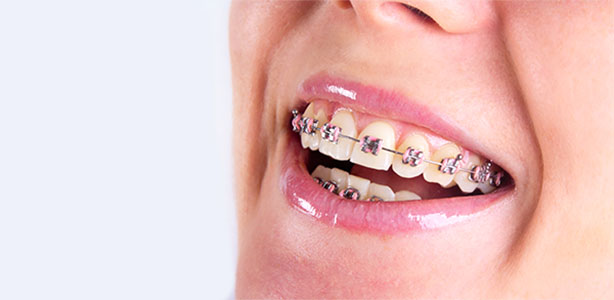By Dr Sezer Olcay, Holmdel Orthodontics
Many parents wonder when their child should first see an orthodontist. While braces might seem far off for a 7-year-old, the American Association of Orthodontists (AAO) recommends that every child have an initial orthodontic evaluation by age 7—even if there are no obvious issues with their teeth.
Why so early? Because early detection means easier correction. Dr Sezer Olcay of Holmdel Orthodontics explains why age 7 is the optimal time to begin an orthodontic evaluation. Her goal is to provide each child with the most advanced and the highest standard of orthodontic treatment. Let’s look at why this age is the ideal time for a first visit and how it benefits your child’s long-term oral health.
Why Age 7 Is the Magic Number
A Mix of Baby and Adult Teeth Reveals the Full Picture. By age 7, most children have a combination of primary (baby) teeth and permanent teeth. This unique stage lets an orthodontist see how the adult teeth are erupting and how the jaws are growing. Early warning signs—like crowding, spacing, or bite imbalances—can be spotted long before all the permanent teeth come in.
This combination allows Dr. Olcay to evaluate:
- How adult teeth are growing in.
- How the jaws are developing.
- Whether the bite is lining up properly.
Early evaluation helps identify potential problems before they become more serious, making treatment simpler and often less costly.
What Orthodontists Look for at Age 7
During an initial exam, the Dr Olcay will assess:
- Crowding or spacing issues as permanent teeth erupt.
- Crossbites or underbites that could affect jaw growth.
- Protruding teeth that may be at risk of injury.
- Habits such as thumb sucking or mouth breathing that can influence bite development.
- Growth patterns of the jaws, which may need guidance to avoid future complications.
Benefits of Early Orthodontic Evaluation
✅ Interceptive Treatment Options: Early care (sometimes called Phase 1 treatment) can guide jaw growth, create space for incoming teeth, and reduce the need for tooth extractions later.
✅ Better Outcomes: Addressing bite or alignment issues early often leads to shorter and more effective treatment in the teenage years.
✅ Protects Confidence: Fixing issues like protruding teeth early helps prevent injuries and can improve your child’s self-esteem.
✅ Peace of Mind: Even if no treatment is needed yet, parents get reassurance and a professional plan for future monitoring.
Not Every Child Needs Braces Right Away
It’s important to remember:
➡ An evaluation doesn’t mean your child will immediately need braces.
Many children will simply be monitored as their teeth and jaws continue to develop. Dr Olcay will recommend the right timing when treatment is needed.
Your Next Step
If your child is around age 7 and hasn’t had an orthodontic checkup yet, now is the perfect time to schedule an evaluation. Early orthodontic visits are a proactive way to protect your child’s smile and ensure healthy development for years to come.
Dr Olcay at Holmdel Orthodontics offers a commitment to quality utilizing the latest techniques and most advanced materials. “I establish a relationship with each patient that is built upon mutual respect and trust.”
A healthy, confident smile starts with early care—schedule your child’s first orthodontic evaluation today! Contact Dr Sezer Olcay of Holmdel Orthodontics. www.holmdelortho.com 723 North Beers Street Suite 2A Holmdel NJ 07733 – (732) 847-3065


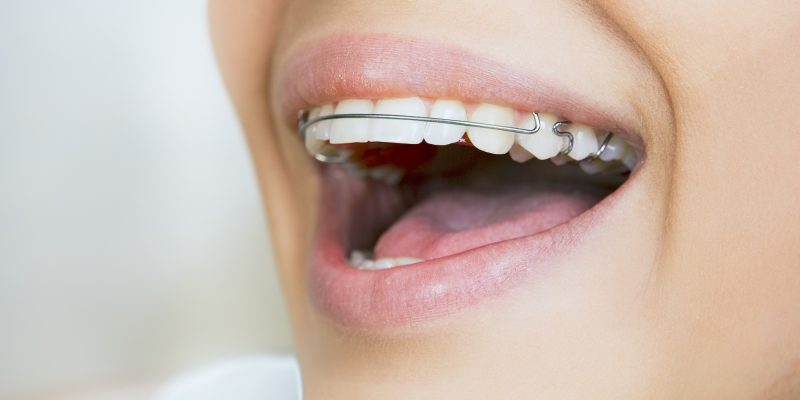
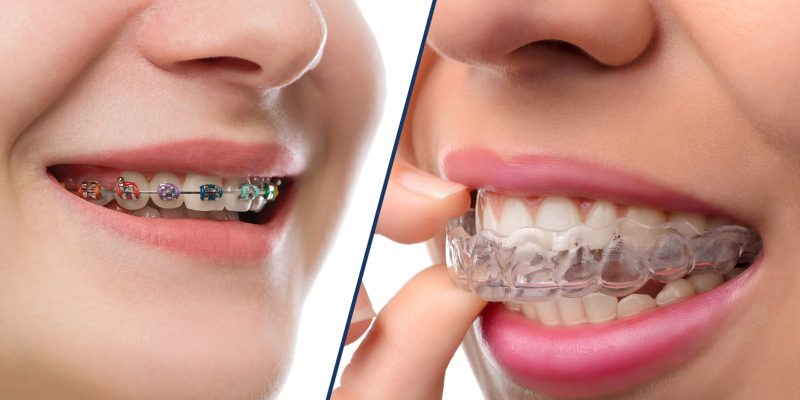

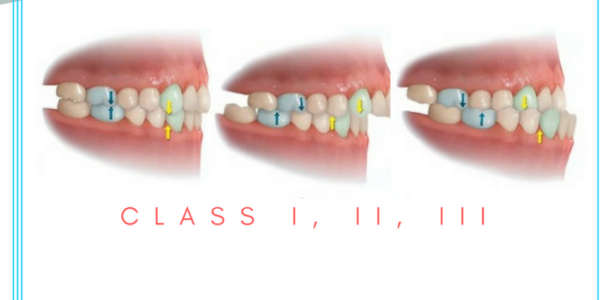
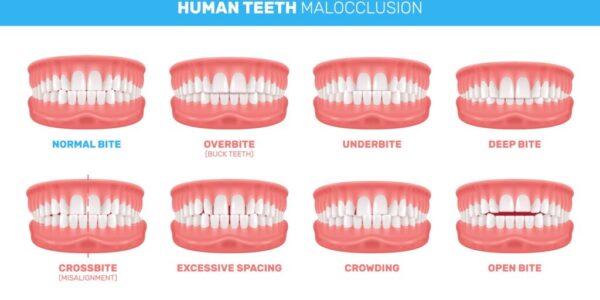
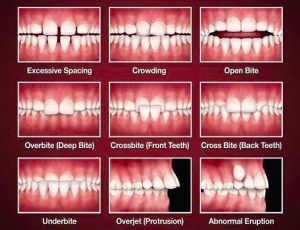
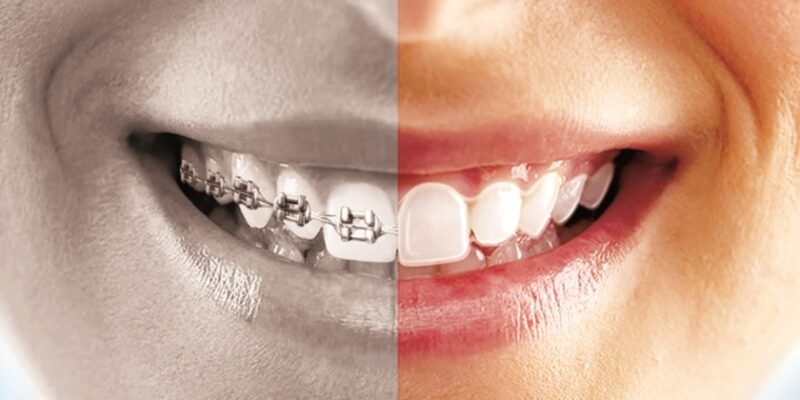

 Many people believe that braces are only for teenagers and that they’ve missed their opportunity to straighten their teeth if they didn’t get orthodontic treatment during their younger years. However, the truth is that it’s never too late to achieve a straighter, healthier smile. Adults of all ages can benefit from braces or other orthodontic treatments, improving not only their appearance but also their oral health.
Many people believe that braces are only for teenagers and that they’ve missed their opportunity to straighten their teeth if they didn’t get orthodontic treatment during their younger years. However, the truth is that it’s never too late to achieve a straighter, healthier smile. Adults of all ages can benefit from braces or other orthodontic treatments, improving not only their appearance but also their oral health.